Home>Gardening & Outdoor>Garden Tools & Equipment>Which Way Does A Lawnmower Blade Go On
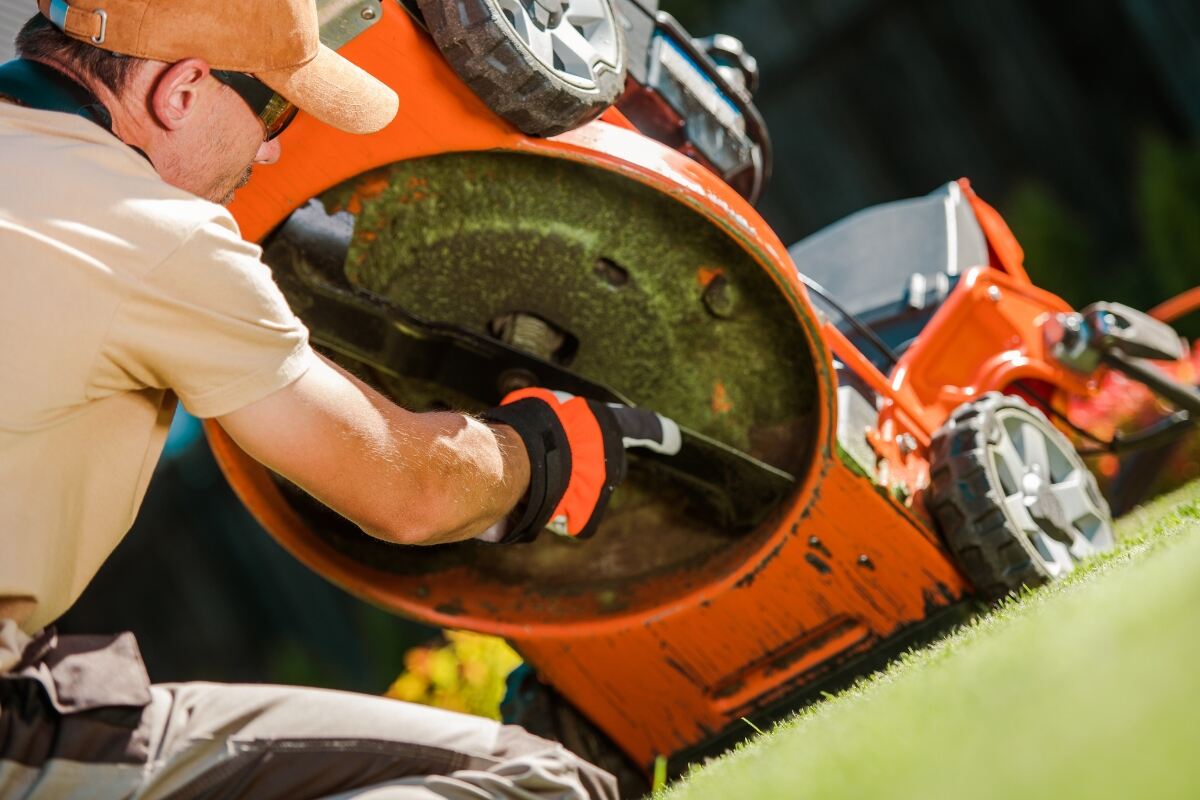

Garden Tools & Equipment
Which Way Does A Lawnmower Blade Go On
Modified: February 29, 2024
Learn the correct way to install a lawnmower blade for optimal performance. Find out more about garden tools and equipment maintenance.
(Many of the links in this article redirect to a specific reviewed product. Your purchase of these products through affiliate links helps to generate commission for Storables.com, at no extra cost. Learn more)
Introduction
When it comes to maintaining a lush, healthy lawn, the lawnmower is an indispensable tool. However, to ensure its optimal performance, it's crucial to pay attention to every component, including the lawnmower blade. One common query that arises during lawnmower maintenance is, "Which way does a lawnmower blade go on?" Understanding the correct orientation of the blade is essential for achieving the best results while mowing. In this comprehensive guide, we will delve into the intricacies of lawnmower blades, exploring their significance, proper installation, and essential safety precautions. By the end, you'll possess the knowledge and confidence to tackle this aspect of lawnmower maintenance with ease. So, let's dive into the world of lawnmower blades and ensure that your lawn receives the care it deserves.
Key Takeaways:
- Properly installing a lawnmower blade with the sharp edge facing downwards ensures a clean, even cut for a well-manicured lawn. Prioritize safety by disconnecting the spark plug and wearing protective gear.
- Understanding the asymmetrical design of lawnmower blades and following manufacturer guidelines for installation is crucial for maintaining a safe and efficient mowing experience. Regular maintenance and adherence to safety precautions contribute to a visually appealing lawn.
Read more: Which Way Does Extension Ladder Go
Understanding the Blade
Before delving into the specifics of installing a lawnmower blade, it's crucial to understand the anatomy and functionality of this essential component. The lawnmower blade is a vital element of the cutting system, responsible for cleanly and efficiently trimming the grass. Typically made of hardened steel, the blade features a sharp edge that slices through the grass with precision. Understanding the orientation of the blade is pivotal for its effective operation. Most lawnmower blades are designed with a specific orientation, featuring a cutting edge on one side and a dull backside. This asymmetrical design is integral to the blade's functionality. When installed correctly, the sharp cutting edge should face downwards, engaging with the grass to deliver a clean, even cut.
Furthermore, the design of the blade often incorporates a variety of shapes and configurations, each tailored to different types of lawnmowers and cutting requirements. For instance, some blades feature curved edges, while others have straight edges, each serving distinct mowing purposes. Additionally, the length and width of the blade vary depending on the lawnmower model and its cutting deck size. Understanding these nuances is essential for selecting the appropriate replacement blade and ensuring compatibility with your specific lawnmower model.
Moreover, the condition of the blade significantly impacts the quality of the mowing process. Over time, lawnmower blades can become dull or damaged, leading to ragged, uneven cuts and placing unnecessary strain on the lawnmower's engine. Regular inspection and maintenance of the blade are paramount for preserving the health and aesthetics of your lawn. By understanding the intricacies of the lawnmower blade and its role in the mowing process, you'll be better equipped to maintain a pristine, well-manicured lawn.
Installing the Blade
Proper installation of the lawnmower blade is crucial for ensuring optimal performance and safety during mowing operations. Before beginning the installation process, it’s essential to gather the necessary tools, including a wrench and any additional equipment required to access the blade, such as a jack or lift. Additionally, it’s advisable to consult the lawnmower’s manual for specific instructions pertaining to blade installation and removal, as different lawnmower models may have varying procedures.
First and foremost, prioritize safety by disconnecting the spark plug wire to prevent accidental engine ignition. Next, carefully position the lawnmower on a stable surface, ensuring that it is securely supported to facilitate safe access to the blade. Using the appropriate tools, such as a wrench, loosen and remove the bolt that secures the blade to the lawnmower deck. As you remove the bolt, be mindful of any additional components, such as washers or adapters, and note their placement for reassembly.
Once the blade and any accompanying components are removed, take a moment to inspect the blade mounting area and the underside of the lawnmower deck. Clear away any debris or grass clippings that may have accumulated, ensuring a clean and unobstructed surface for the new blade installation. Before proceeding, it’s advisable to sharpen the new blade or replace it with a sharp, compatible replacement to guarantee pristine cutting performance.
When installing the new blade, ensure that the sharp cutting edge is positioned facing downwards. Carefully place the blade onto the lawnmower deck, aligning it with the mounting hole and any accompanying components, such as washers or adapters. Once the blade is correctly positioned, reattach the securing bolt and tighten it using the appropriate tools, adhering to the torque specifications outlined in the lawnmower’s manual.
After securing the blade, reconnect the spark plug wire and conduct a final inspection to verify the stability and alignment of the blade. Once the installation is complete, start the lawnmower and allow it to run for a brief period, observing the blade for any irregular vibrations or noises that may indicate improper installation. By following these steps and paying attention to the specific guidelines for your lawnmower model, you can ensure a seamless and effective blade installation process, contributing to a well-maintained and visually appealing lawn.
When installing a lawnmower blade, make sure the curved edges of the blade are pointing upwards. The flat side should be facing the ground for proper cutting. Always refer to your lawnmower’s manual for specific instructions.
Safety Precautions
When it comes to working with lawnmower blades, prioritizing safety is paramount to prevent accidents and ensure a secure working environment. Whether you’re installing, inspecting, or replacing the blade, adhering to essential safety precautions is crucial for safeguarding yourself and others from potential hazards. Here are some vital safety measures to consider when handling lawnmower blades:
- Disconnect the Spark Plug: Before initiating any work on the lawnmower blade, disconnect the spark plug wire to prevent accidental engine start-up. This crucial step ensures that the engine remains inactive and minimizes the risk of injuries during blade maintenance.
- Stabilize the Lawnmower: When accessing the blade for installation or inspection, ensure that the lawnmower is positioned on a stable, level surface. Additionally, consider using a jack or lift to elevate the lawnmower, providing easier access to the blade while maintaining stability.
- Wear Protective Gear: Prior to handling the lawnmower blade, don appropriate personal protective equipment, including gloves and safety goggles. These items offer essential protection against potential cuts, abrasions, and debris during blade maintenance tasks.
- Handle the Blade with Care: Whether removing, inspecting, or installing the blade, exercise caution and handle the blade carefully to avoid accidental cuts or injuries. Additionally, be mindful of the blade’s sharp edges and maintain a secure grip to prevent mishaps.
- Follow Manufacturer Guidelines: Consult the lawnmower’s manual for specific instructions related to blade maintenance and installation. Different lawnmower models may have unique requirements and procedures, so adhering to the manufacturer’s guidelines is essential for safe and effective blade handling.
- Inspect the Surrounding Area: Before commencing blade maintenance, inspect the surrounding area for potential hazards, such as loose debris, rocks, or obstacles that may impede the task or pose safety risks. Clearing the work area contributes to a safer and more efficient maintenance process.
- Seek Professional Assistance: If you encounter challenges or uncertainties during blade maintenance, consider seeking assistance from a qualified professional or authorized service center. Professional guidance can ensure that the blade is handled and installed correctly, mitigating the risk of errors or accidents.
By adhering to these safety precautions and exercising diligence when handling lawnmower blades, you can create a secure and controlled environment for maintenance tasks, minimizing the potential for accidents and promoting a safe, enjoyable mowing experience.
Conclusion
As the saying goes, a well-maintained lawnmower blade is the key to a beautifully manicured lawn. Throughout this guide, we’ve explored the significance of understanding the orientation and functionality of the lawnmower blade, emphasizing the pivotal role it plays in achieving a clean, precise cut. By familiarizing yourself with the nuances of the blade and its installation process, you’ve empowered yourself to uphold the performance and visual appeal of your lawn with confidence and expertise.
From recognizing the asymmetrical design of the blade to prioritizing safety measures during maintenance tasks, you’ve gained valuable insights into the meticulous care required to ensure the blade’s optimal performance and longevity. By adhering to essential safety precautions and following manufacturer guidelines, you’re equipped to handle blade maintenance with precision and caution, fostering a secure work environment and minimizing potential hazards.
Ultimately, the proper orientation and installation of the lawnmower blade are integral to the overall health and aesthetics of your lawn. Whether it’s the swift, even cut delivered by a sharp blade or the safety measures implemented during maintenance, every aspect contributes to a gratifying mowing experience and a lush, well-kept lawn.
Armed with this knowledge, you’re poised to embark on your next mowing endeavor with a newfound appreciation for the intricacies of the lawnmower blade and the impact it has on your lawn’s appearance. As you navigate the realm of lawnmower maintenance, may your efforts yield a verdant, meticulously groomed lawn that stands as a testament to your dedication and expertise in caring for your outdoor oasis.
Frequently Asked Questions about Which Way Does A Lawnmower Blade Go On
Was this page helpful?
At Storables.com, we guarantee accurate and reliable information. Our content, validated by Expert Board Contributors, is crafted following stringent Editorial Policies. We're committed to providing you with well-researched, expert-backed insights for all your informational needs.
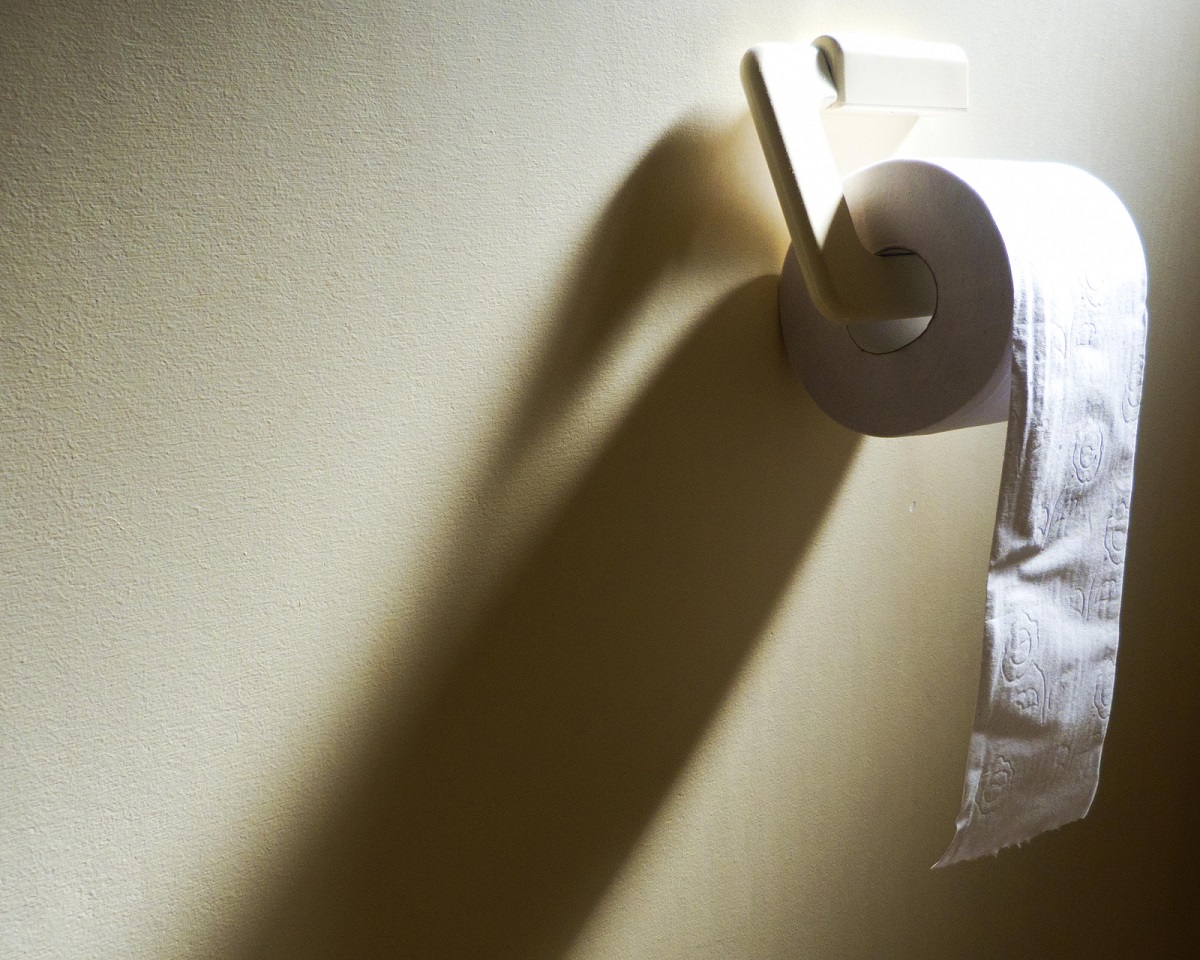
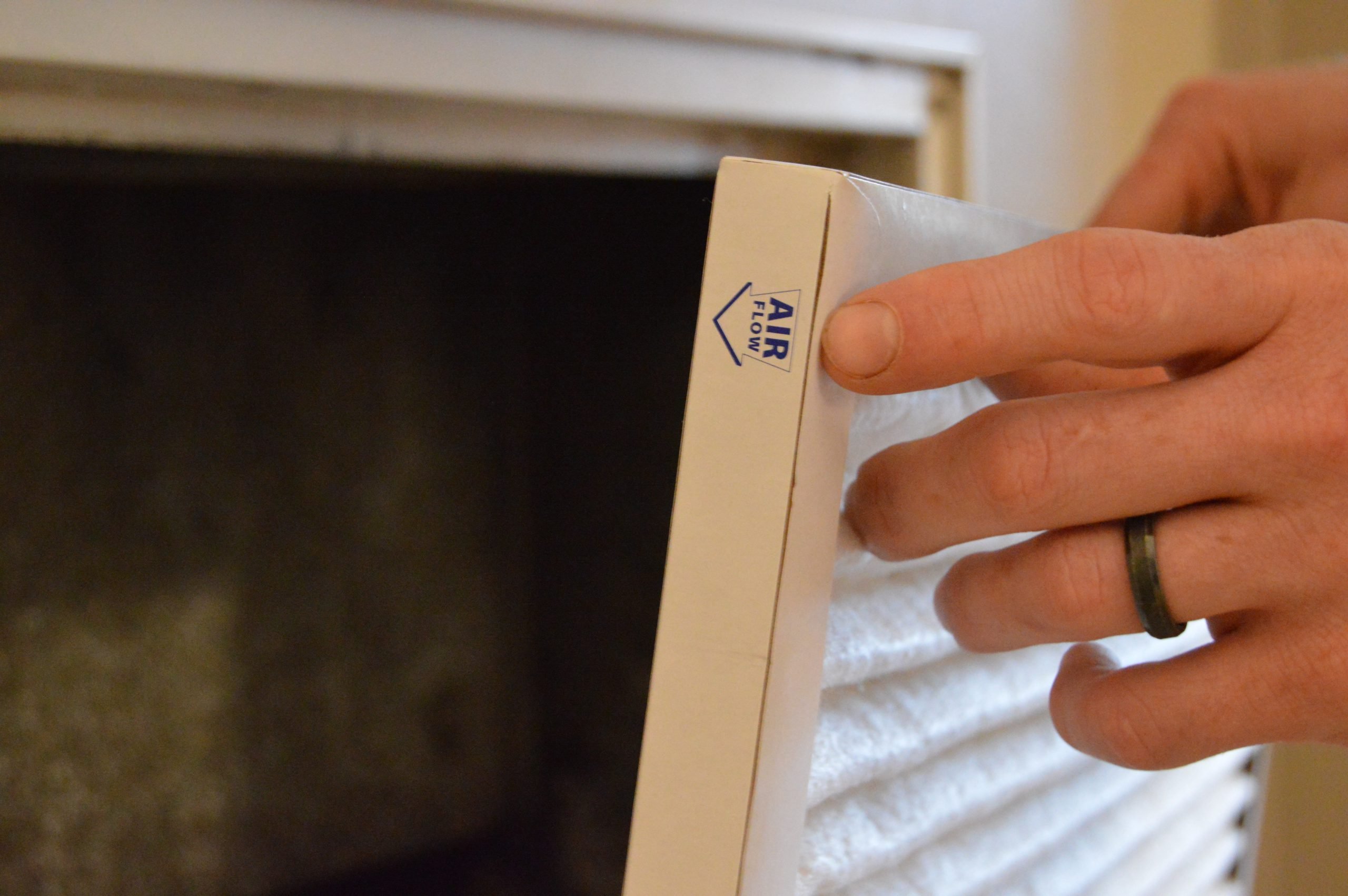
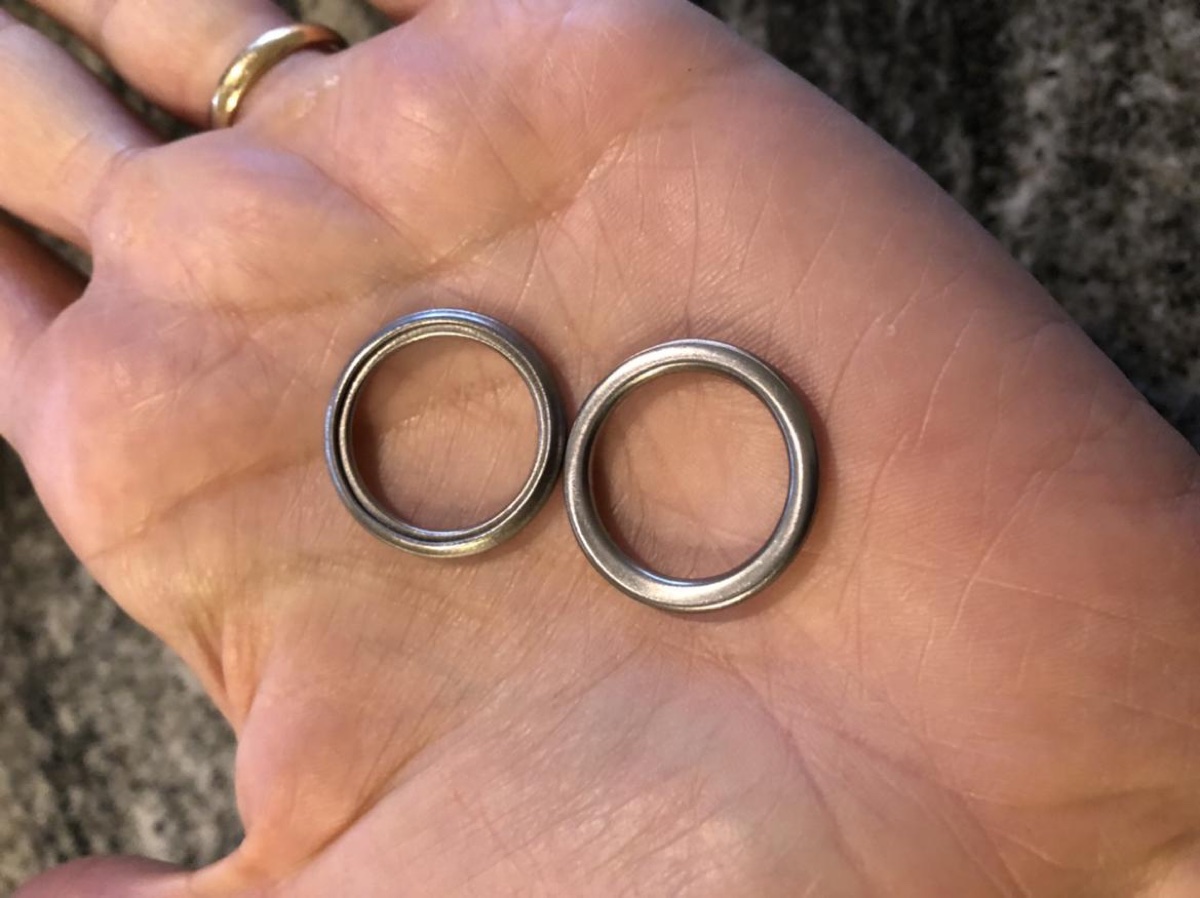
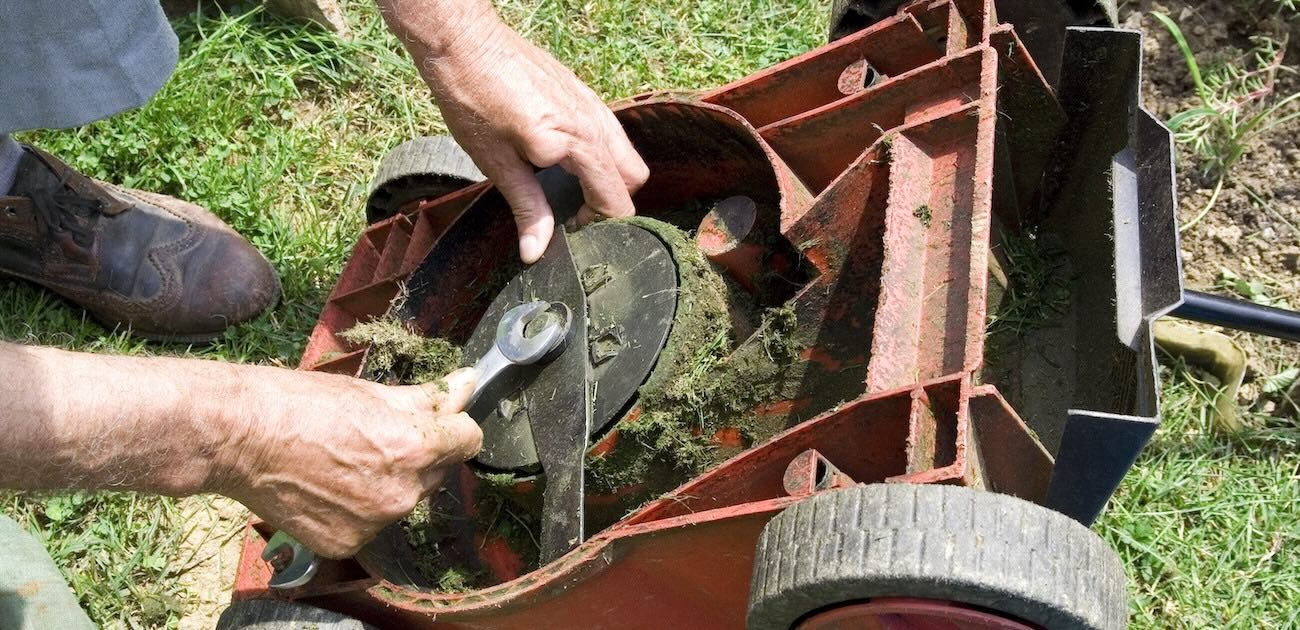

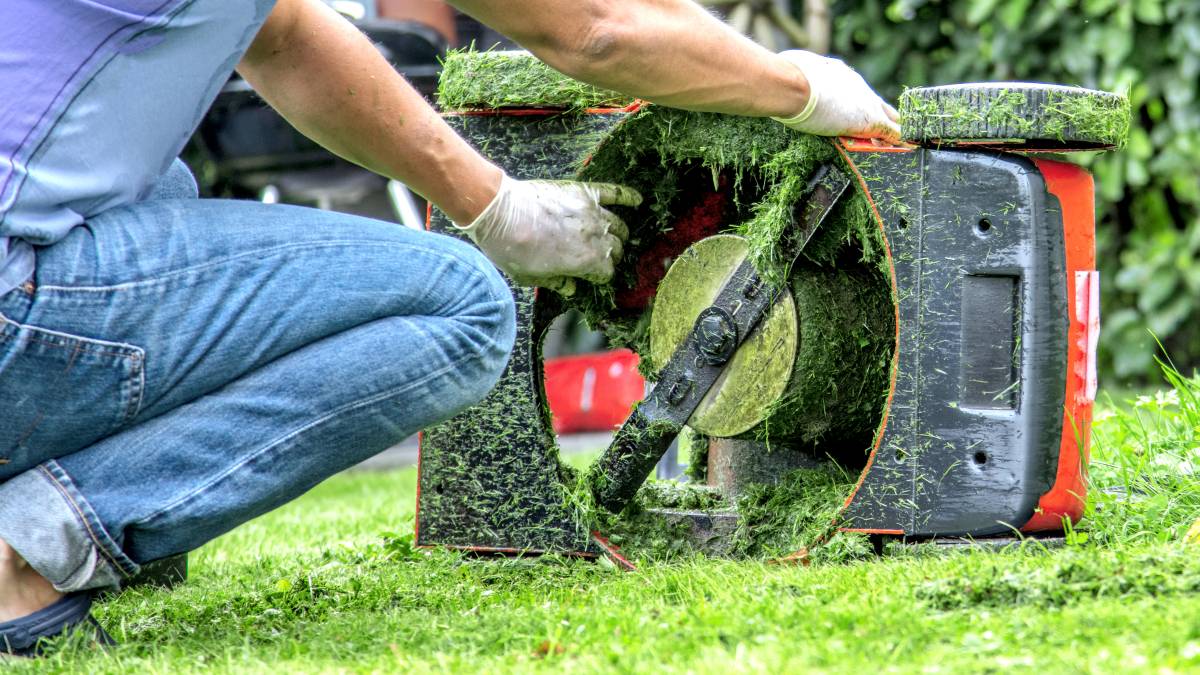
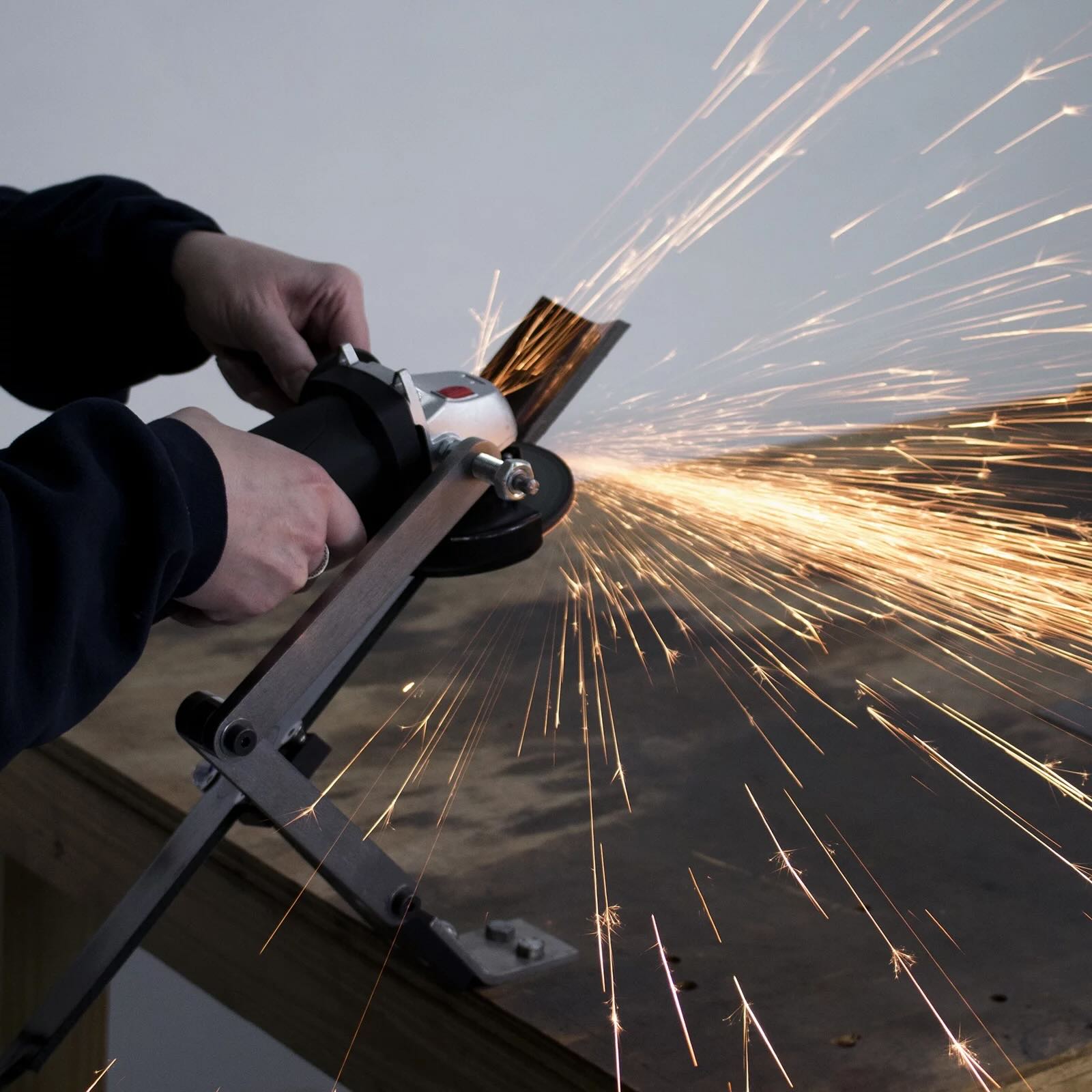

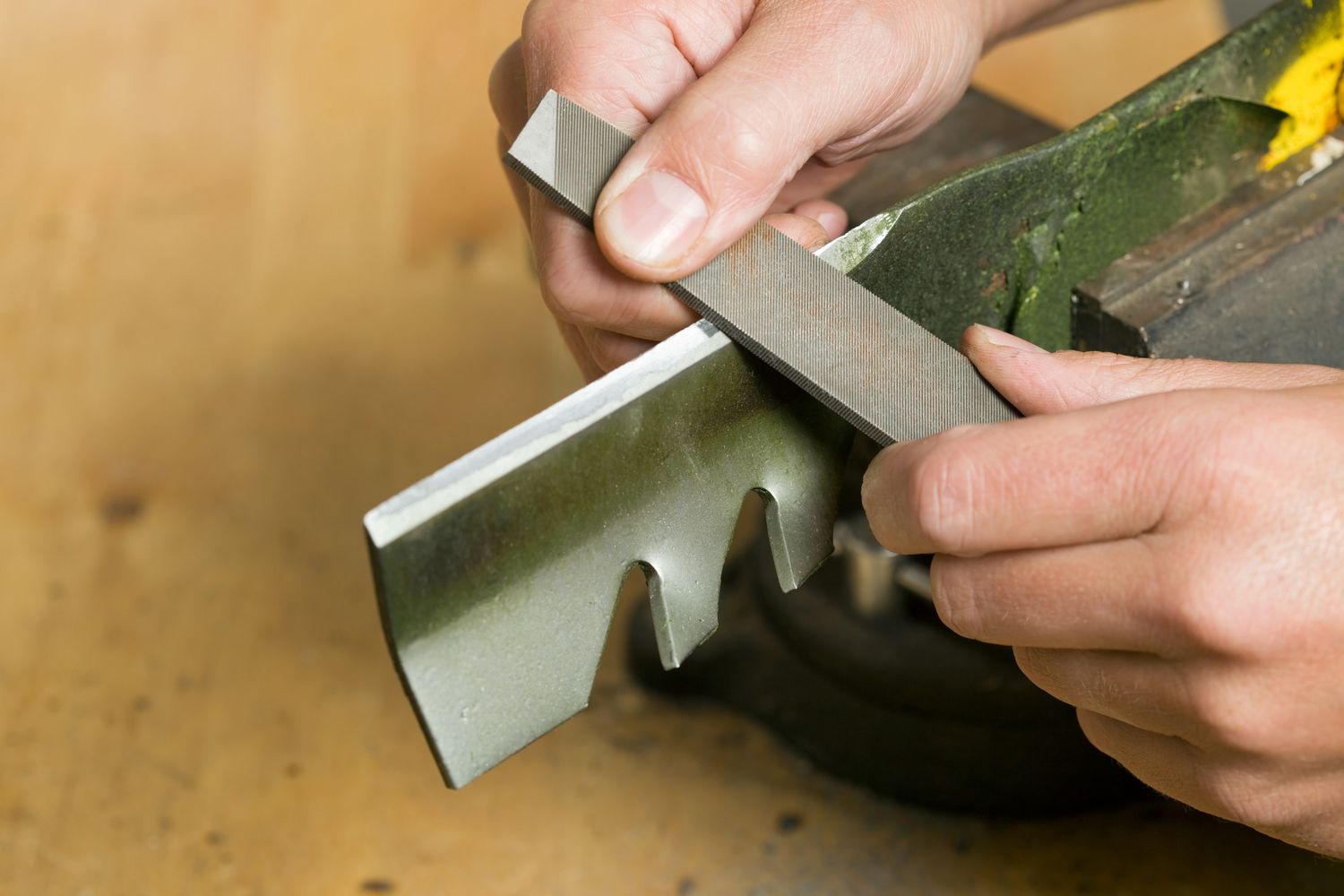
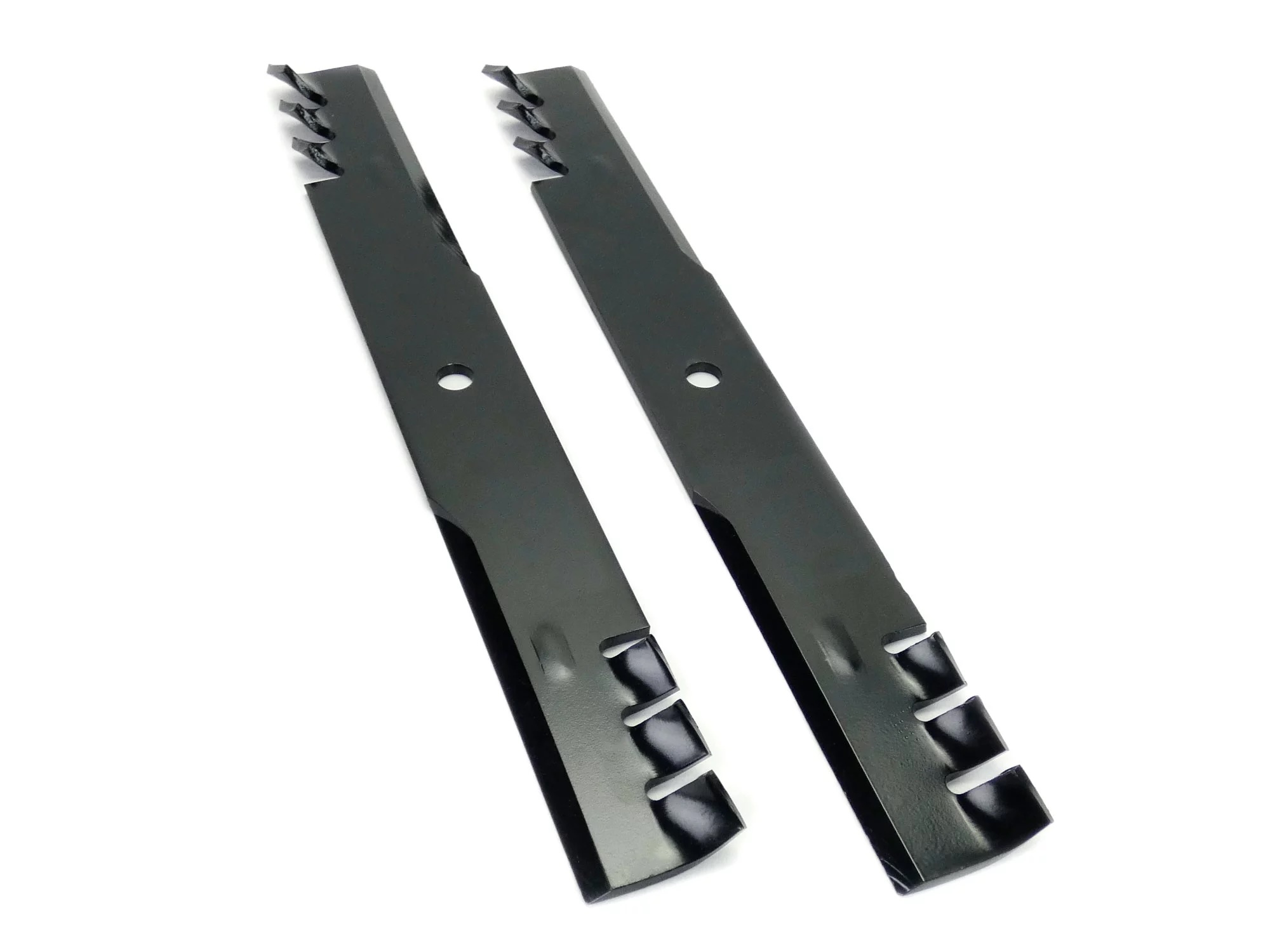
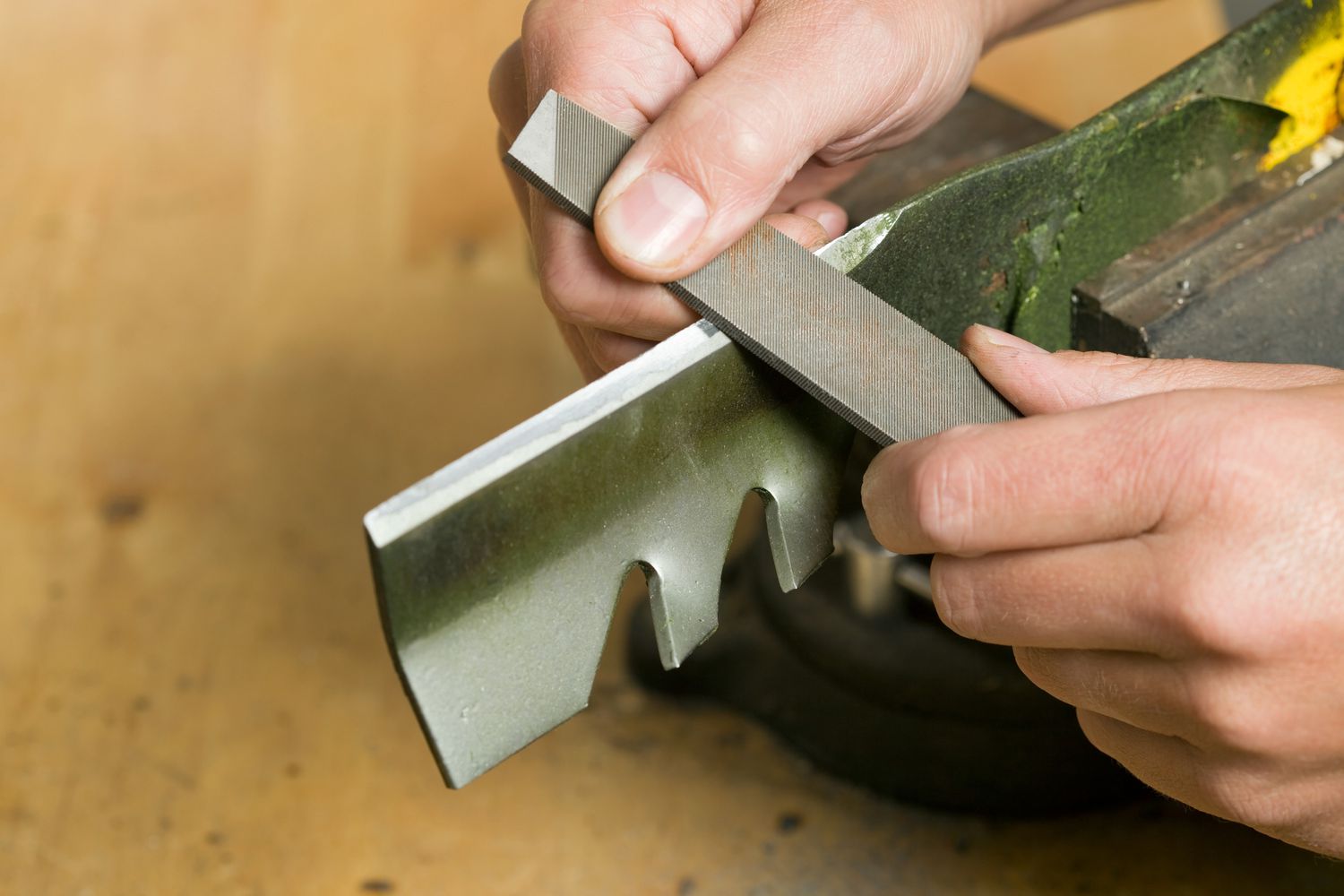
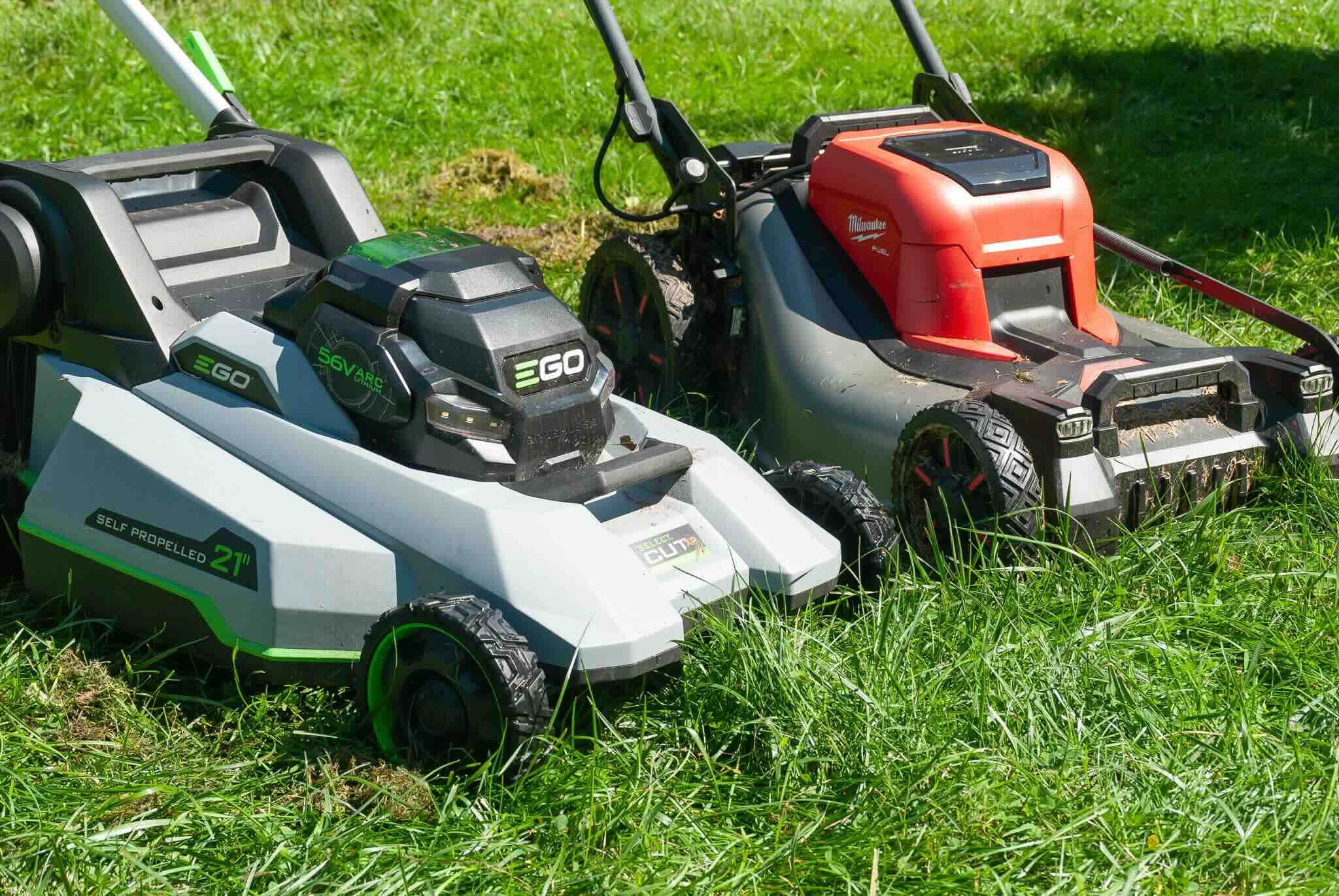
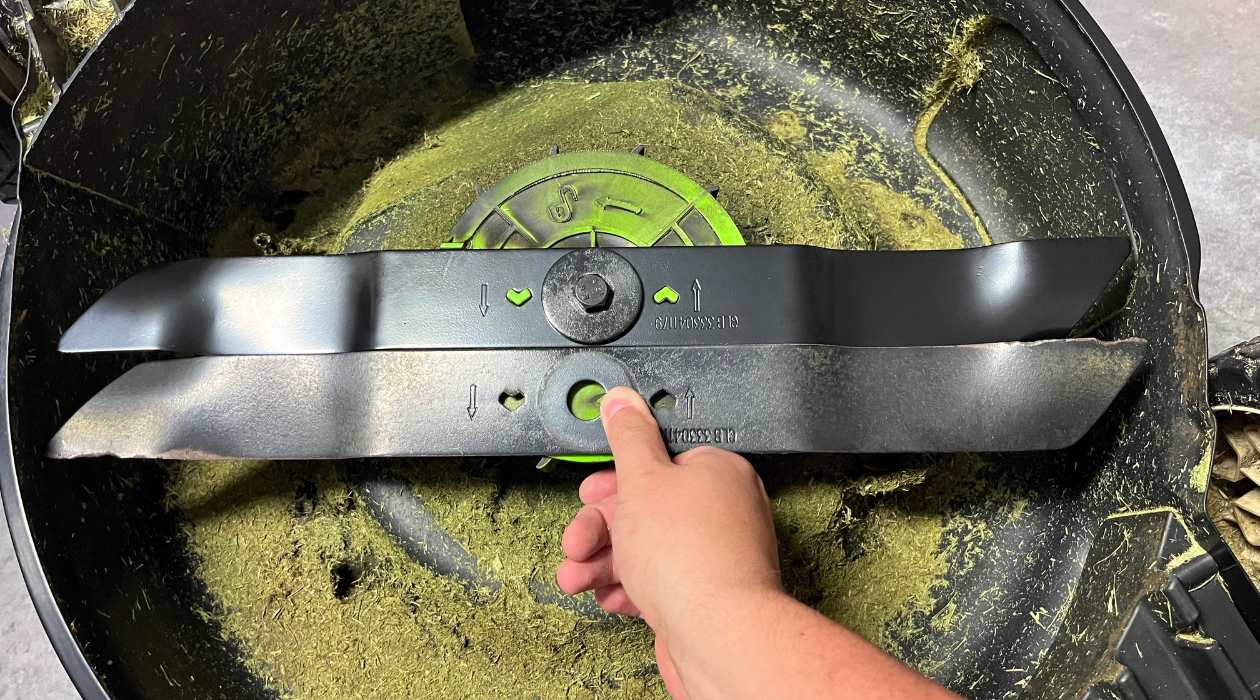
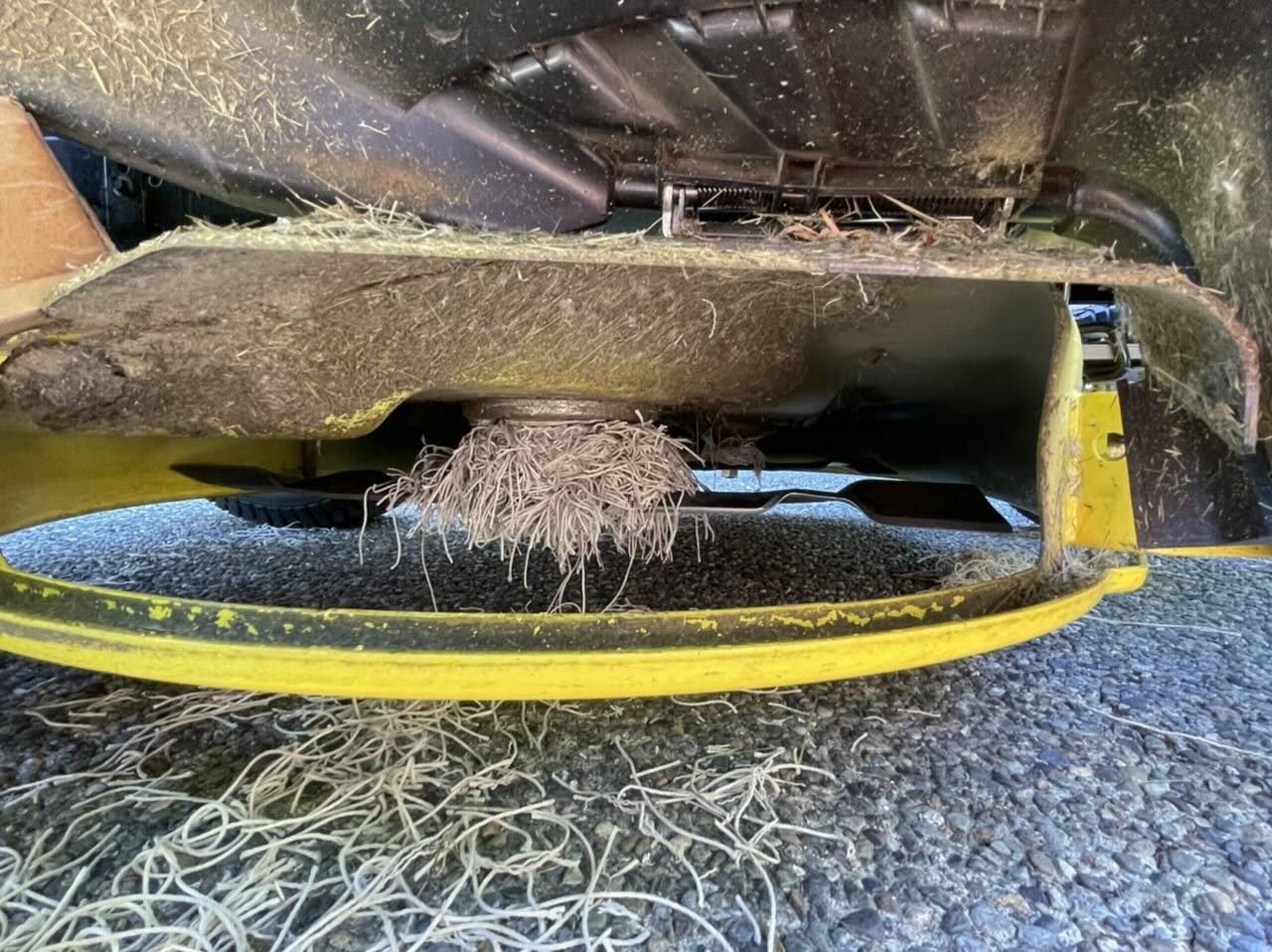
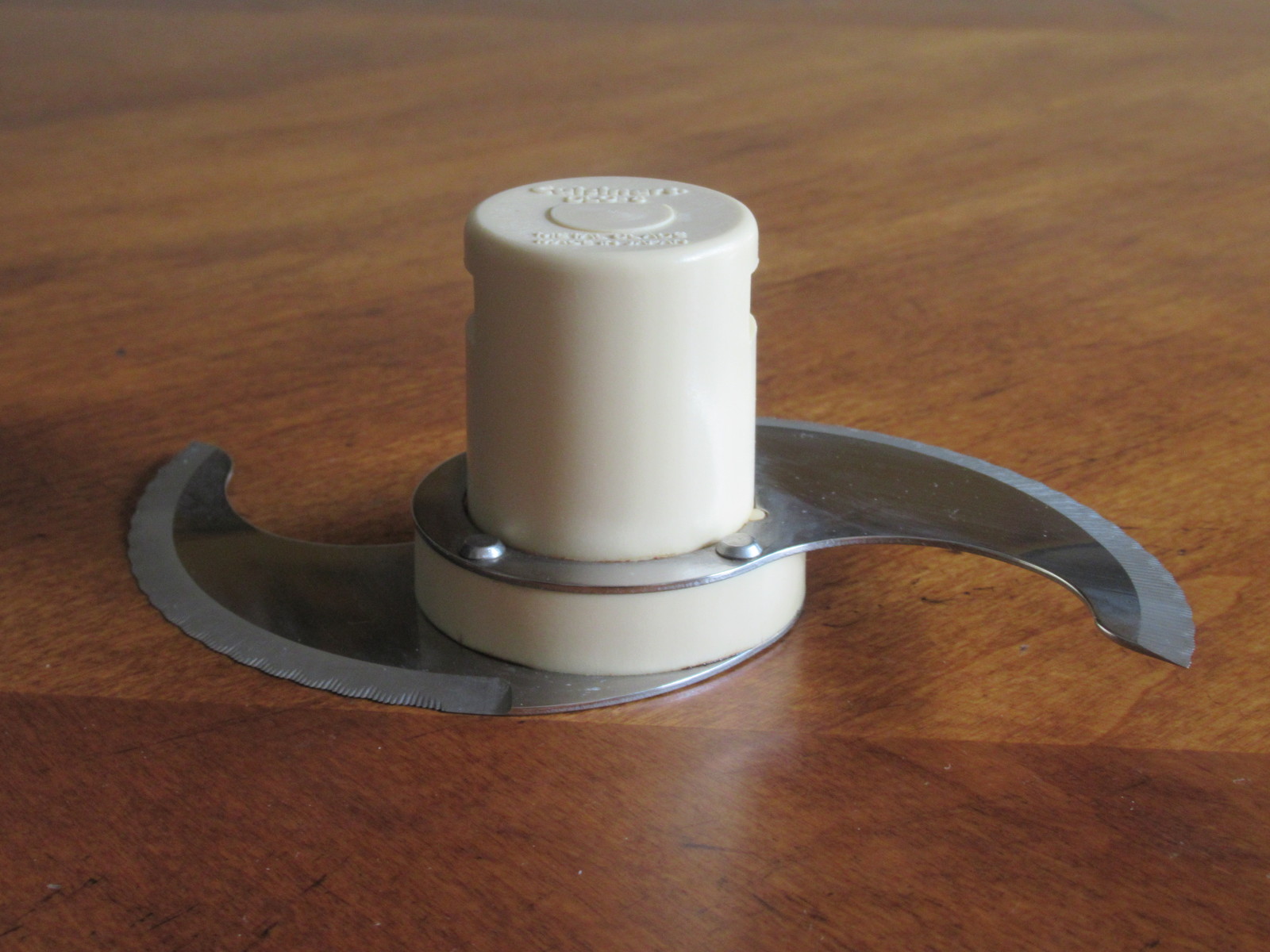

0 thoughts on “Which Way Does A Lawnmower Blade Go On”